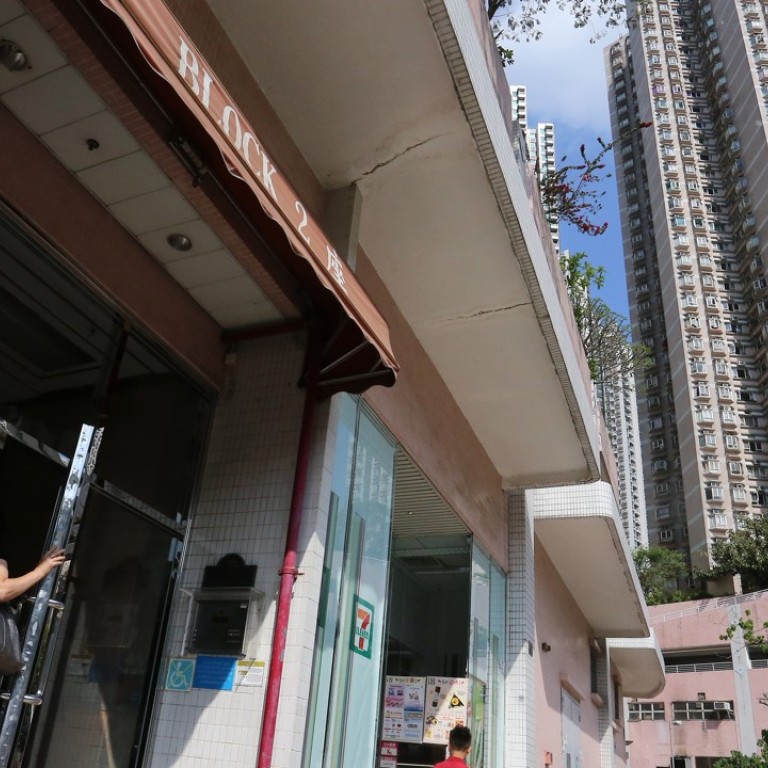
On the cards: public subsidies to make ageing lifts in Hong Kong safer after malfunctions caused two accidents this year
Aim is to help poorer building owners who cannot afford upgrade costs, while authorities also mull greater challenge of legally requiring safety devices
The Hong Kong government is seriously considering bearing part of the cost for lift upgrades at older private buildings, after malfunctions killed one person and injured two others this year, but owners of pricier properties could be left out of the scheme.
Kuok Hoi-sang, a member of the government’s Lift and Escalator Safety Advisory Committee, said affluent owners who lived in “higher-end residential buildings” would not be subsidised.
Heartbroken family of woman who died in lift ask why rescue was not tried earlier
In its discussions last month with government representatives, the committee felt poorer owners of older residential or commercial properties should get a leg up so they can afford the cost of safety improvements.
Eligibility would be based on the rateable value of the property – or the estimated annual rent for the space, which is determined by factors including size and location. Figures from the Home Affairs Department show there are over 40,000 privately owned buildings in the city.
Hong Kong lift crash prompts urgent inspections of 300 identical models around city
“I think this is fair to use government resources for those in need of help,” said Kuok, who is also the chairman and managing director of construction and property management company Chevalier Group.
Of 66,291 lifts in the city last year, about 80 per cent or more than 53,000 were found to lack modern safety devices, such as a “rope gripper” that prevents uncontrolled ascent and unintended movements.
Close to half of the lifts had been in service for 21 years or more while 5.7 per cent or 3,775 had been installed more than 51 years ago.
The older lifts were mostly in urban areas on both sides of Victoria Harbour, such as Tsim Sha Tsui, Sham Shui Po, Central and Western District.
Kuok urged the government to unveil the scheme as soon as possible to give property owners the incentive to modernise their lifts.

“When lifts age, it is like osteoporosis,” he warned. “You cannot see the problem from the outside.”
In a separate interview, acting chief engineer Boris Yiu Tak-tai of the government’s Electrical and Mechanical Services Department, confirmed it was “actively considering” the subsidy scheme.
When lifts age, it is like osteoporosis. You cannot see the problem from the outside
“The idea is to help property owners in need to modernise lifts,” Yiu said.
In May, Secretary for Development Michael Wong Wai-lun said the government was considering a scheme to upgrade lifts. The plan was similar to one offered by the Urban Renewal Authority to maintain old buildings.
Under “Operation Building Bright 2.0”, the URA gives buildings more than 50 years old a one-time subsidy to repair structures, windows and sanitary services, among other things, as long as the average rateable value of flats falls under a threshold. This is HK$162,000 (US$21,000) for flats in urban areas and HK$124,000 for flats in the New Territories.
The subsidy plan will not be the government’s first attempt to push owners to improve old lifts. It first made the call seven years ago, but only 5,200 were upgraded.

Since 2007, all new lifts installed must have a rope gripper, while in 2011 the government released seven guidelines for upgrading old lifts.
Vocational Training Council principal instructor Charles Wong Kai-hon, who is also a member of the committee, said the rope gripper could have prevented the two serious accidents this year, both of which involved lifts ascending uncontrollably.

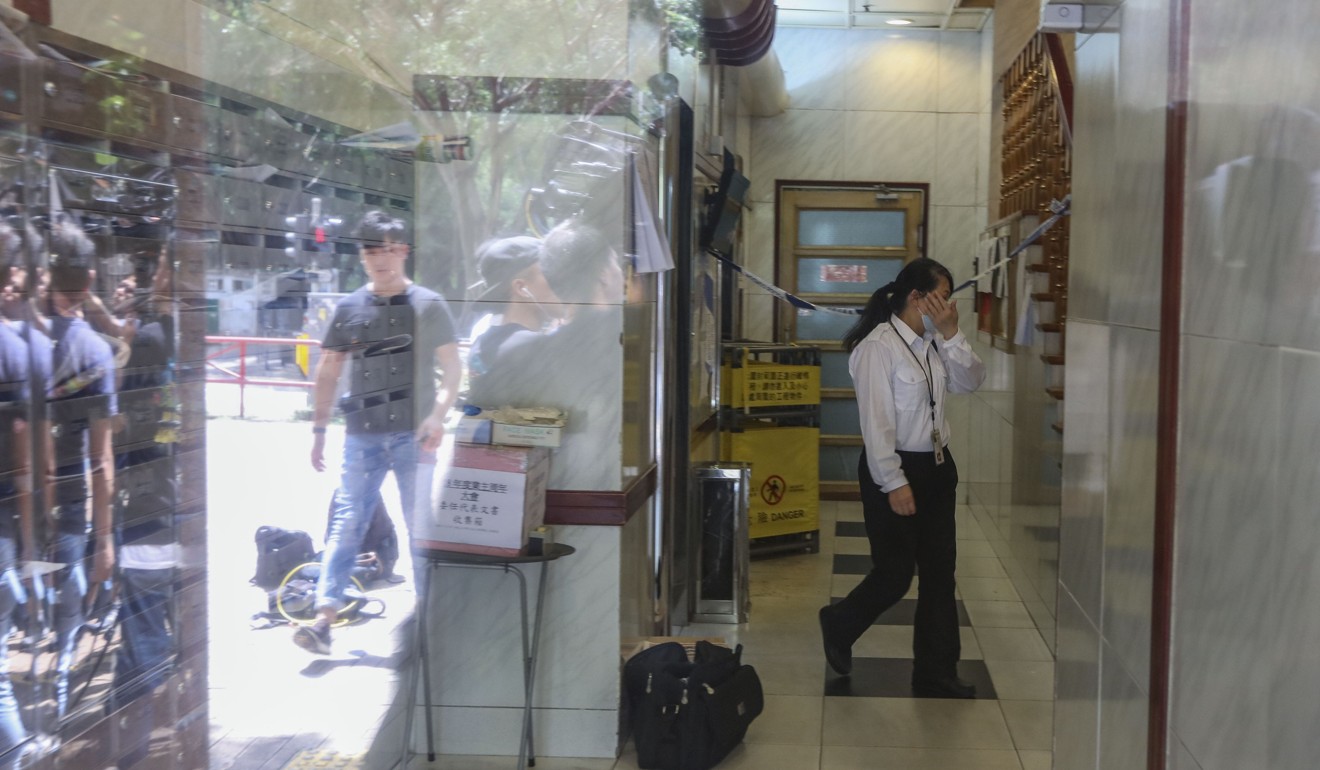
In July, officials said lift maintenance contractors must keep better records and make sure they check twice a year on “important protective components” such as brakes, motors and doors.
Wong had reservations about the government forcing property owners to install the rope gripper, saying “adding the safety device takes time, and the industry does not have sufficient manpower”.
As of last year, there were 5,700 registered workers and 1,850 general workers in the lift maintenance industry.
Hong Kong government looking at ways to make city’s lifts safer
Yiu said officials were studying the possibility of gradually making some safety devices a legal requirement, but stressed that amending the law would require “societal consensus”.
One issue to overcome would be resistance from owners, who do not want to pay higher maintenance costs, even if they are living in the building.
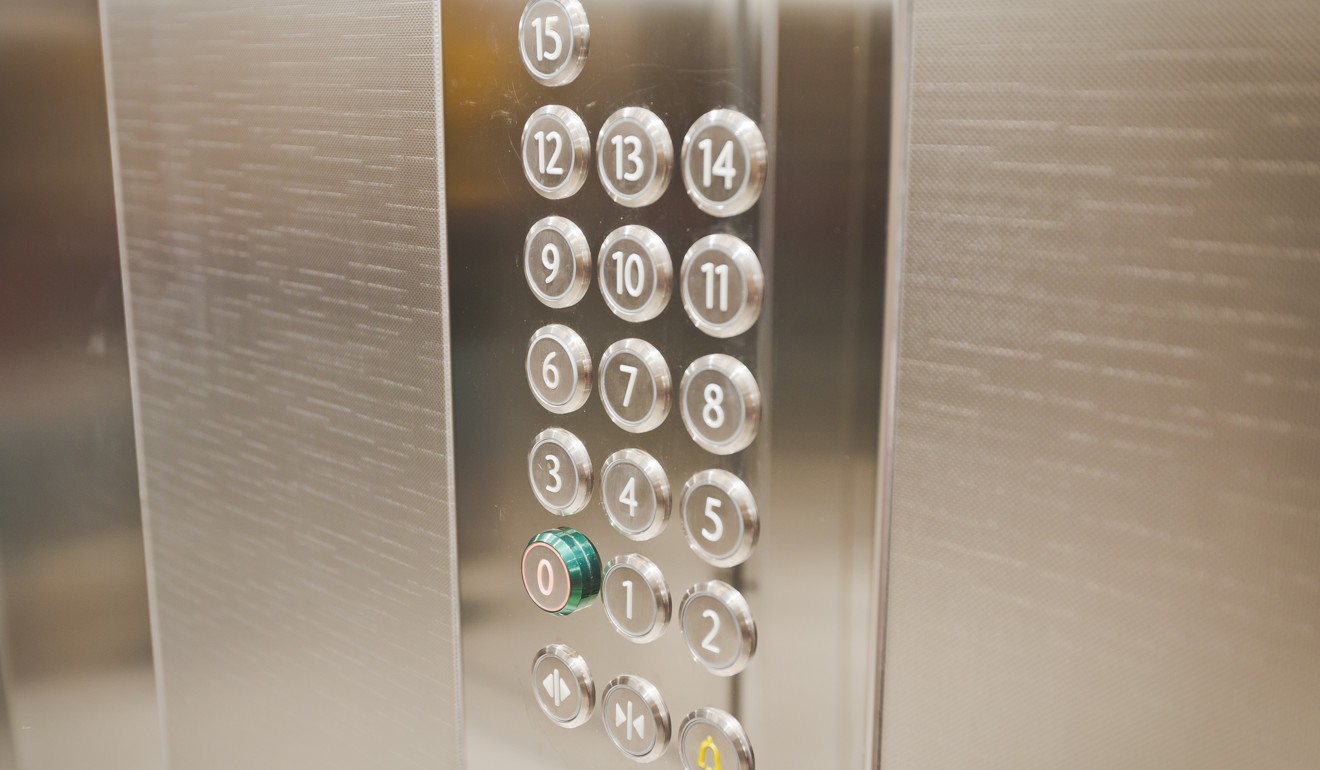
At Tin Ping Estate in Sheung Shui, home to 5,700 families, the owners’ corporation spent HK$900,000 five years ago to improve the 42 lifts in seven blocks.
Tracy Tse Ka-yin, chairwoman of the 13-member corporation, recounted how the lifts were previously in a sorry state. The housing estate was built in the 1980s to offer public rental flats but was privatised and sold in 2000.
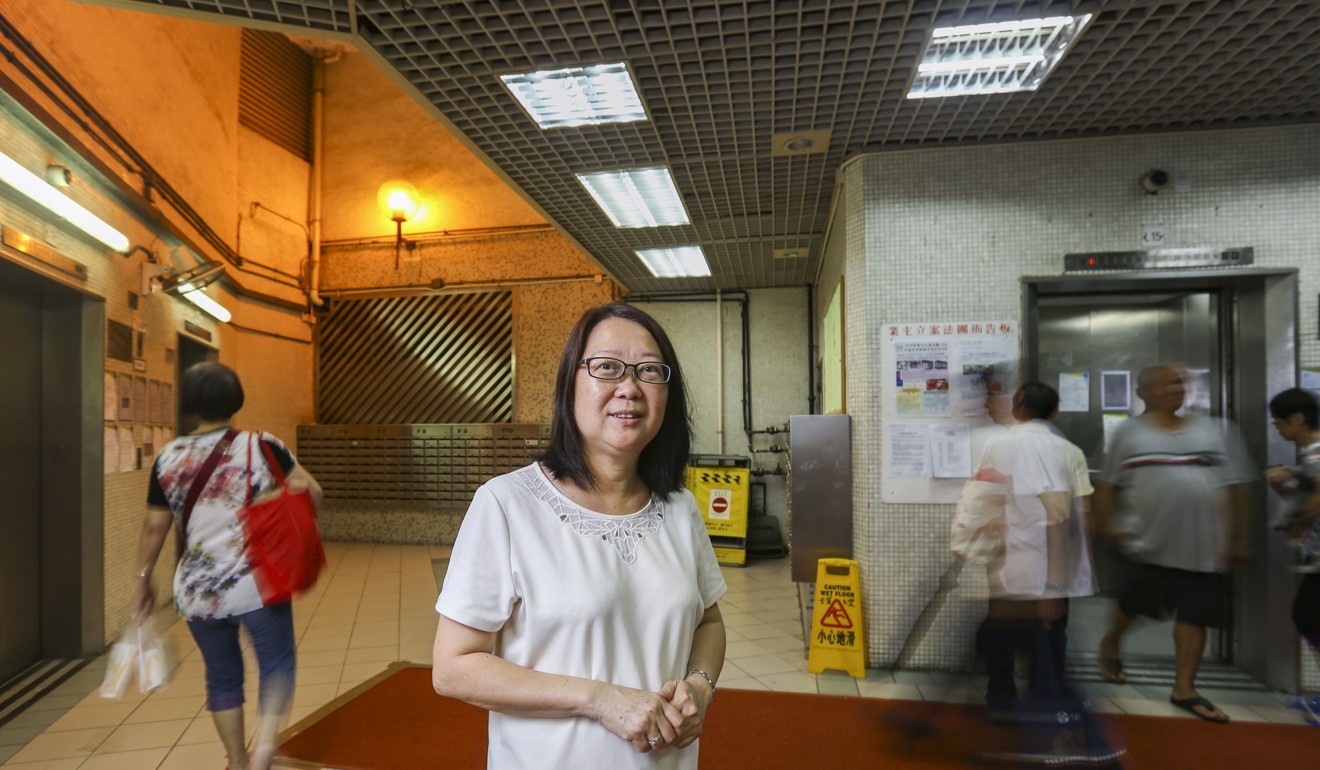
“The cables were rusted and worn, a safety device was held together by a piece of string,” Tse said, as residents streamed out of the lifts around her and the smell of dinner being prepared filled the air.
The problems were only discovered in 2013 when a new contractor was brought in, originally to maintain 18 lifts in three buildings.
Tse said after the two accidents this year, maintenance workers checked the estate’s lifts and confirmed they were safe.
Badly lubricated brakes caused fatal Hong Kong lift accident, government finds
“They are safe to use … but that does not mean they never malfunction,” Tse said, adding that repairing a lift can take three to seven days because of shortages in manpower and parts.
In June, residents were trapped in the lifts on five occasions.
Tse said the owners’ corporation consulted contractors last year and were told that if it wanted all the upgrades the government recommended, it would cost between HK$900,000 and HK$1.2 million per lift.
“[The financial burden] will be very tough,” Tse added, noting the corporation’s reserves were also used to maintain other public facilities in the estate as well.

She asked the government to fully fund lift replacements.
Tin Ping district councillor Lau Ki-fung said the decision to spend money to upgrade lifts had to be settled in a meeting involving more than 10 per cent of members from the owners’ group.
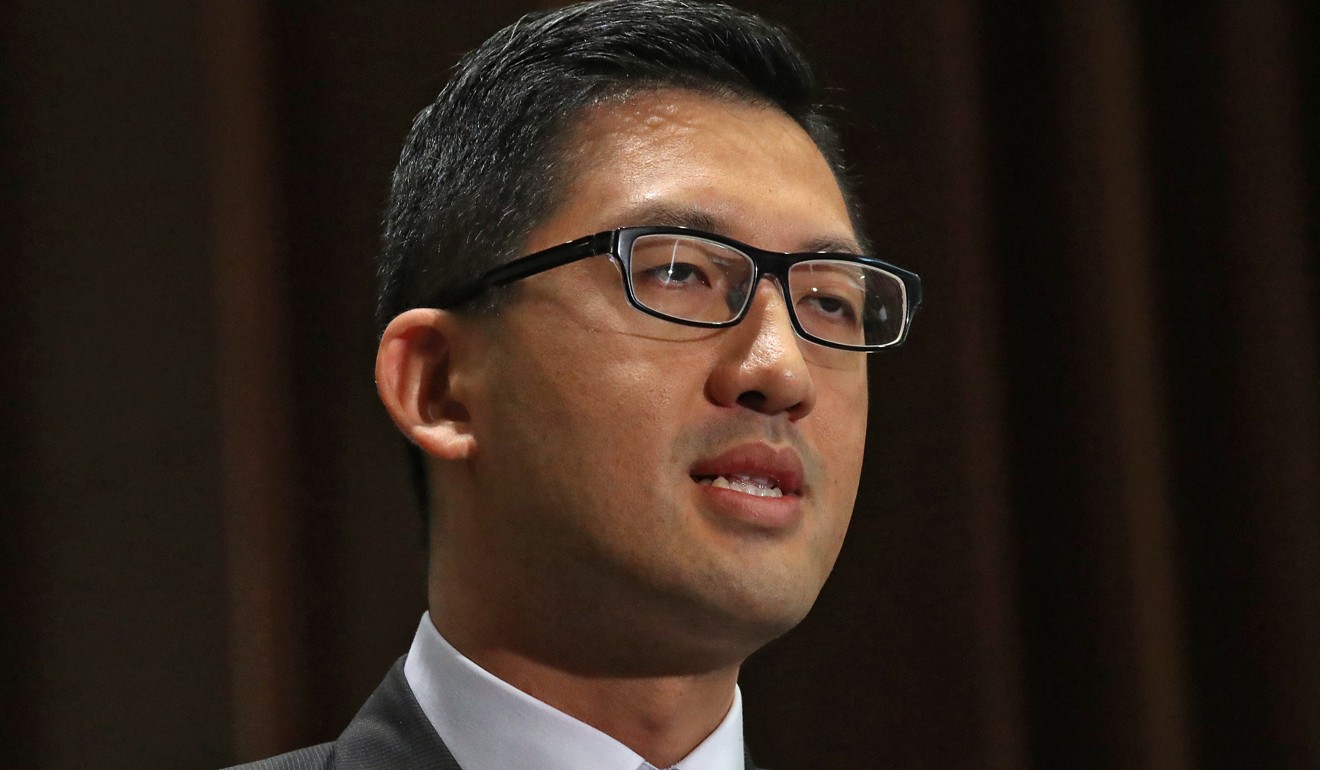
Lawmakers have called on the government to slap recalcitrant contractors with harsher penalties and force landlords to ensure lifts are modernised.
Democratic Party’s Lam Cheuk-ting said: “At the end of the day, it is the landlords’ responsibility to make sure lifts are safe to use.”

